The conclave is over, and the white smoke has already cleared from St. Peter’s Basilica. The cardinals have gone home, and the new Pope, Leo XIV, has already begun to fulfill his duties. The Catholic world is returning to a quiet routine – as it always has for the almost two thousand years the papacy has existed.
In fact, over these two millennia, many stories have accumulated, both inspiring and instructive, and even quite shameful, about people who have occupied the Throne of St. Peter at different times. And these people have not always lived up to their high status. So, today, We will tell you over two dozen facts and short stories about popes, the papacy, and the Vatican.
#1
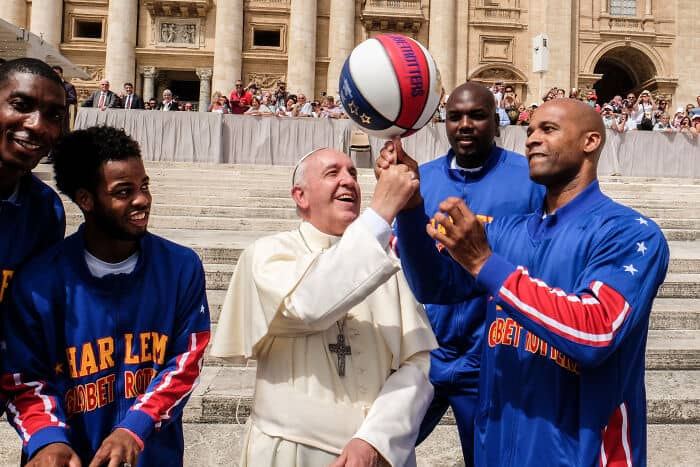
Pope John Paul II and Pope Francis were both honorary members of the Harlem Globetrotters – the legendary basketball show team.
#2
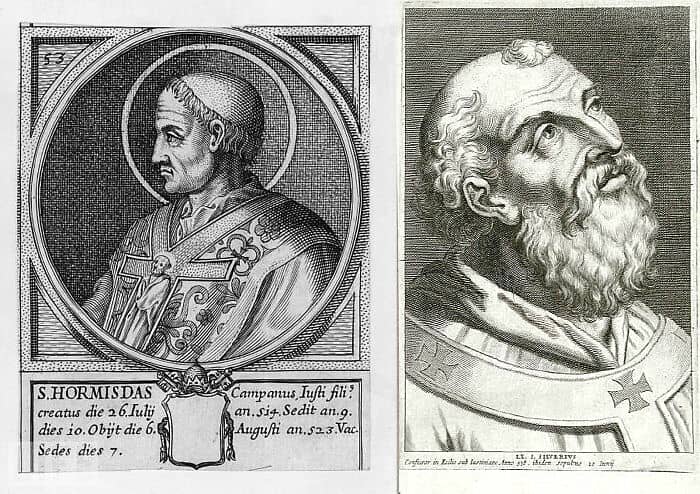
Saint Hormisdas and Saint Silverius, popes of the early Middle Ages, were the only two persons officially known as father and son who ever occupied the papal throne. However, Hormisdas married and had a son long before he became pope – so the church rules of the time were not violated.
#3
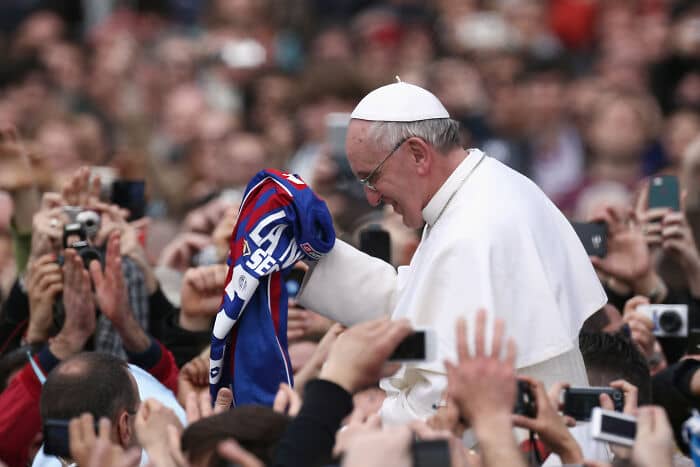
The late Pope Francis was an avid football fan but vowed to stop watching football on television after the Argentina national team, led by Diego Maradona, dramatically lost the 1990 FIFA World Cup final 0-1 to Germans.
In fact, the word “pope” itself comes from the Greek term meaning “father” – and indeed, the person who is the leader of the Holy See should be considered the spiritual father of millions and millions of Catholics around the world.
Well, the Pope’s other title, “pontiff,” has its roots in the era of Ancient Rome, when this title was first borne by the high priest of Rome, and then it came to belong to the Roman emperors. The popes replaced the emperors at the head of the Holy City – so it’s not surprising that the term “pontiff” also came to belong to them.
#4
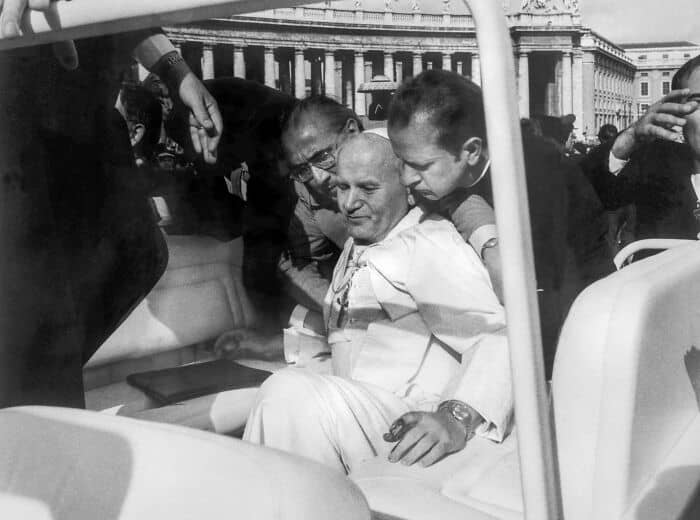
John Paul II, shortly after ascending the papal throne, fell victim to an assassination attempt by a fanatic who wounded his hand and abdomen. Fortunately, the pope recovered and lived for almost a quarter of a century after that. Incidentally, he later met with the man who attempted to assassinate him and gave him his forgiveness.
#5
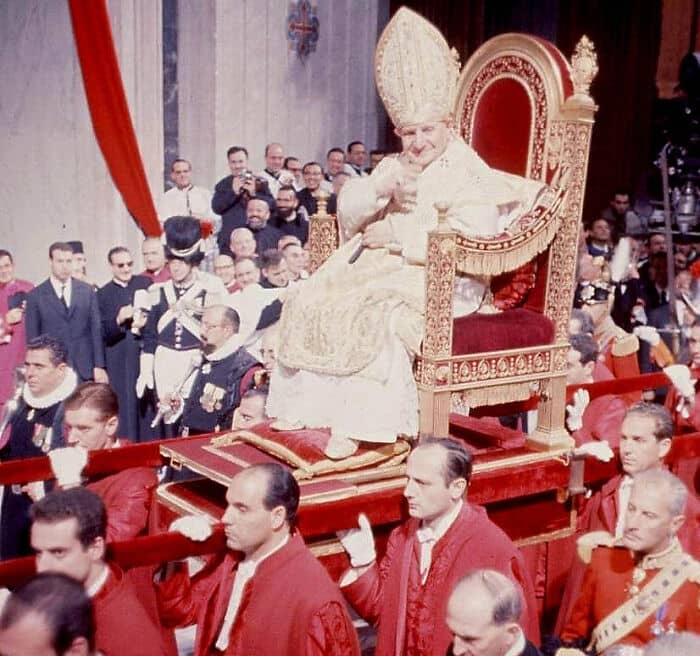
The last pope to use the traditional sedia gestatoria – a portable throne carried by 12 bearers – was John Paul I in 1978.
#6
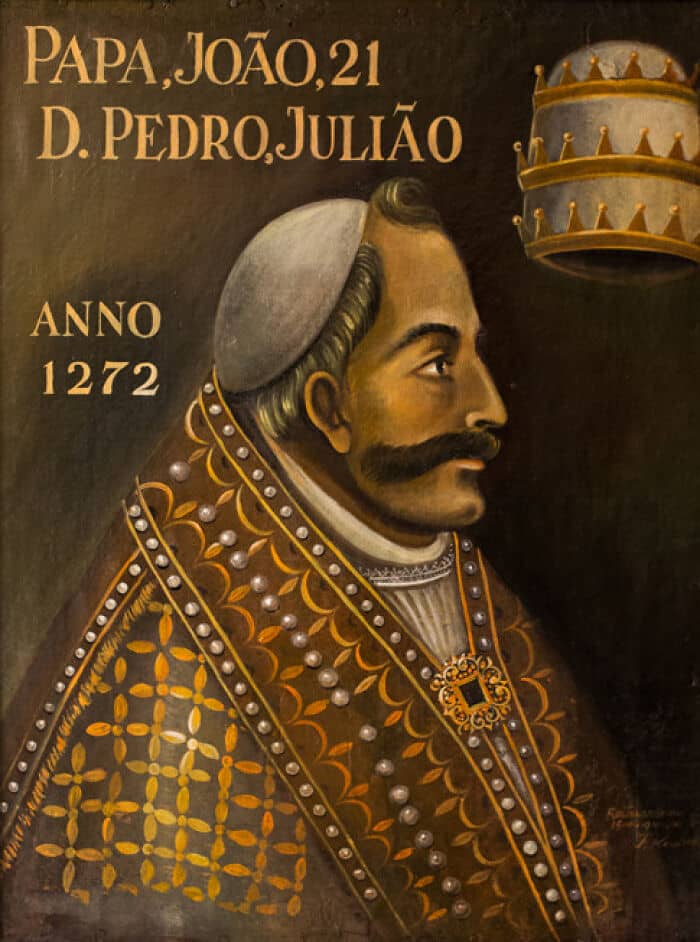
The Portuguese Pedro Julião, elected Pope in 1276, took the name John XXI, despite the fact that his immediate predecessor was actually John XIX. The thing is that, according to the newly elected Pope’s opinion, historians made a mistake somewhere, and there was another “unaccounted” for Pope with the name John.
Now history knows for sure that it was Pedro Julião who was mistaken, but again, nothing was changed. So John XX is not on the long list of Popes, and after number 19 comes 21.
It is traditionally believed that the first Pope in a series of 267 pontiffs was the Apostle Peter himself, around the middle of the 1st century AD. By the way, this is where one of the symbols of the papacy comes from, which some people still perceive ambiguously. We are talking about the inverted cross that adorns the papal throne, and which many people wrongly associate with the devil.
In fact, there is nothing devilish here – just tradition and history. According to legend, St. Peter was crucified on an inverted cross, so this shape of the cross on the back of the Pope’s throne simply reminds us of who was first in the long history of the papacy.
#7

Pope Benedict XVI had an organ donor card. In 2011, this even caused serious theological and legal debates, which resulted in the Holy See declaring that as pope he would lose the right to donate his organs.
#8

In 1513, the Portuguese King Manuel I sent Pope Leo X an elephant named Hanno. The elephant became a real favorite of the pontiff’s – and he wrote the king a letter of gratitude for the gift. Incidentally, the elephant was later buried somewhere in the territory of the Vatican.
#9
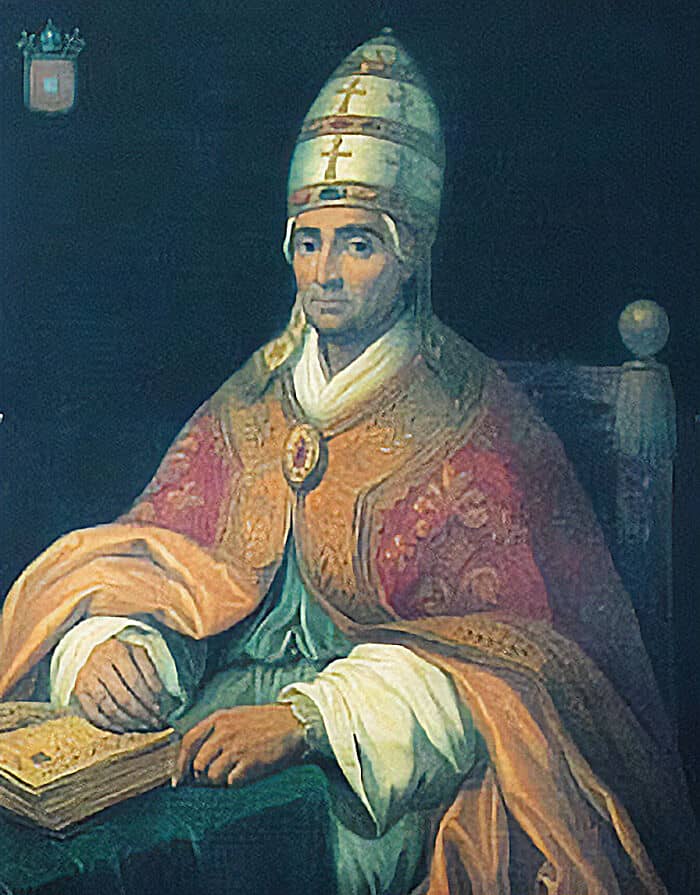
During the conclave in 1334, the cardinals simply wanted to find out which of the main contenders for the papal throne was the favorite, so they voted rather randomly. Now imagine their surprise when the future Pope Benedict XII was chosen in the first round!
Over the two thousand years of their history, the Popes were both the all-powerful rulers of the Christian world, whose every word was listened to attentively and with trepidation by emperors and kings, and literally the executors of the will of the powers-that-be. For example, like the Pope, who had no choice but to crown Napoleon Bonaparte Emperor of France in 1805…
Moreover, in the process of unification of Italy in the second half of the 19th century, the Holy See finally lost its status as real state, having given Rome and the surrounding territories (the so-called Papal States) to the newborn Italian Kingdom. This is how the Vatican arose – the smallest state in the world today.
#10
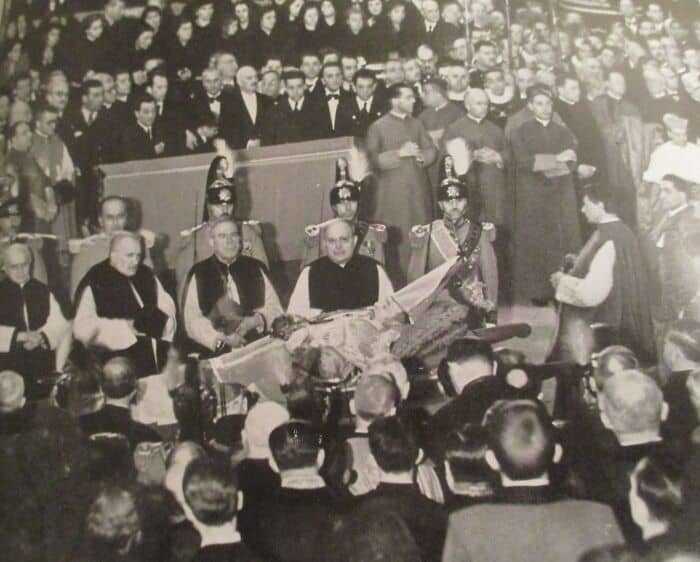
Pope Pius XII demanded an “alternative” method of embalming, which nearly resulted in him literally “exploding” during his funeral due to gas build-up in his body. The Swiss Guards who stood guard at the Pope’s coffin had to change frequently.
#11
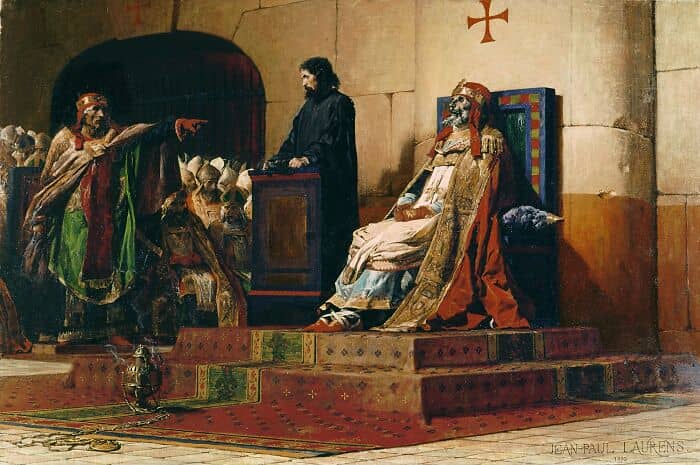
After Pope Formosus died in 891, his successor and political enemy, Pope Stephen VI, dug up his corpse and put it on trial. The Pope’s corpse was subjected to a show trial and then thrown into the river. However, the organizer of this trial did not long survive his predecessor…
#12
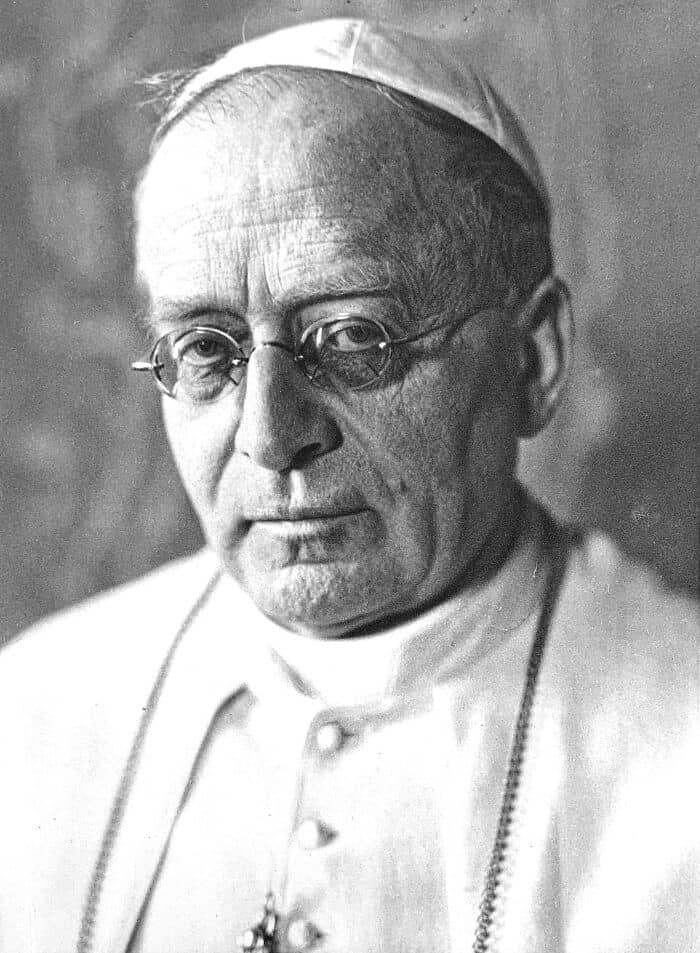
Nothing human is alien to popes either – for example, Pope Pius XI was a scholar and avid mountaineer, and even wrote a book on mountain climbing, published in 1923.
By the way, it is also quite interesting that the Swiss Guard of the Pope, traditionally hired from the natives of this country (a tribute to the times when the Swiss mercenary infantry was undoubtedly the best in Europe), even gave its name to a profession in several European languages.
For example, the gatekeeper in Ukrainian is “швейцар,” which actually means “Swiss” in literal translation. So the traditions and centuries-old history of the papacy and the Holy See actually influence the world around us, and us as well.
#13
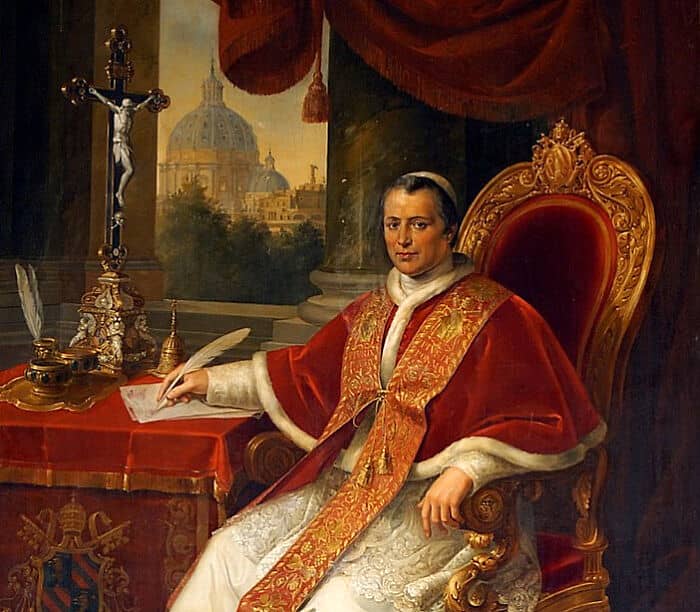
The longest-reigning documented pope was Pope Pius IX at 31 years and seven months (1846-1878), and the shortest was Pope Urban VII at only 13 days (September 15, 1590- September 27, 1590). The oldest pope elected was Pope Leo XIII at 81 (1878), and the youngest was Pope Benedict IX, who was elected around age 18 (1032).
#14
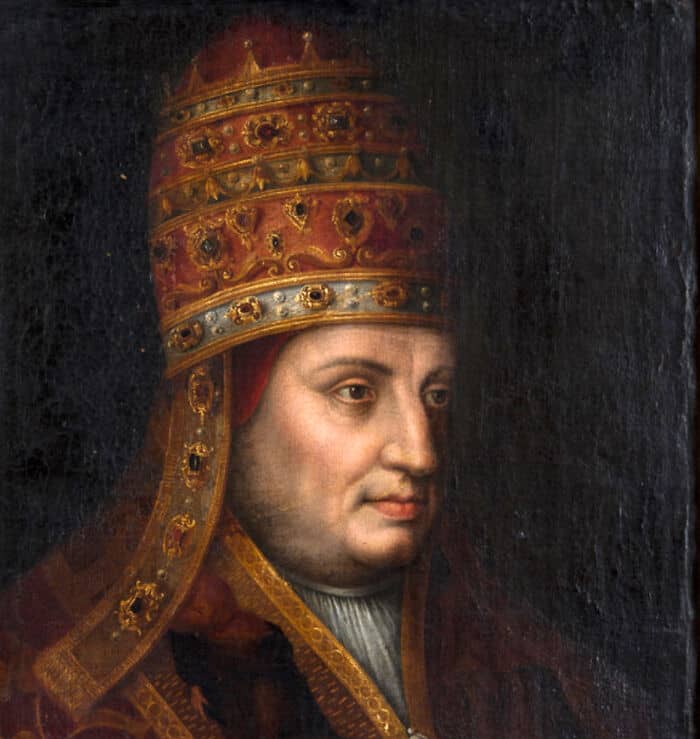
In addition to several hundred Popes, the history of the papacy also includes so-called antipopes. The thing is that, sometimes, especially in the Early Middle Ages, several conclaves could elect several competing Popes at once – and later, after one of them achieved the final victory, the losers were declared antipopes.
Today, the list of antipopes consists of 41 people, including Saint Hippolytus. The last antipope was Felix V, elected in 1434 by the Council of Basel. Later, however, he recognized his opponent Nicholas V as the true Pope, and even received the title of cardinal from him for doing so.
#15

As Pope Innocent VIII lay on his deathbed in 1492, he was fed with breastmilk from a wet nurse as it was believed by his doctors that was the only thing he could digest.
In the modern world, every person has a choice – to believe in God or not, and to consider the Pope the successor of St. Peter or not. In fact, this is what makes our world so beautiful – free will.
But two thousand years of papal history really gives us so many exciting stories that are really worth reading. So, now, please feel free to read this list to the end – and maybe add something to the comments below.
#16
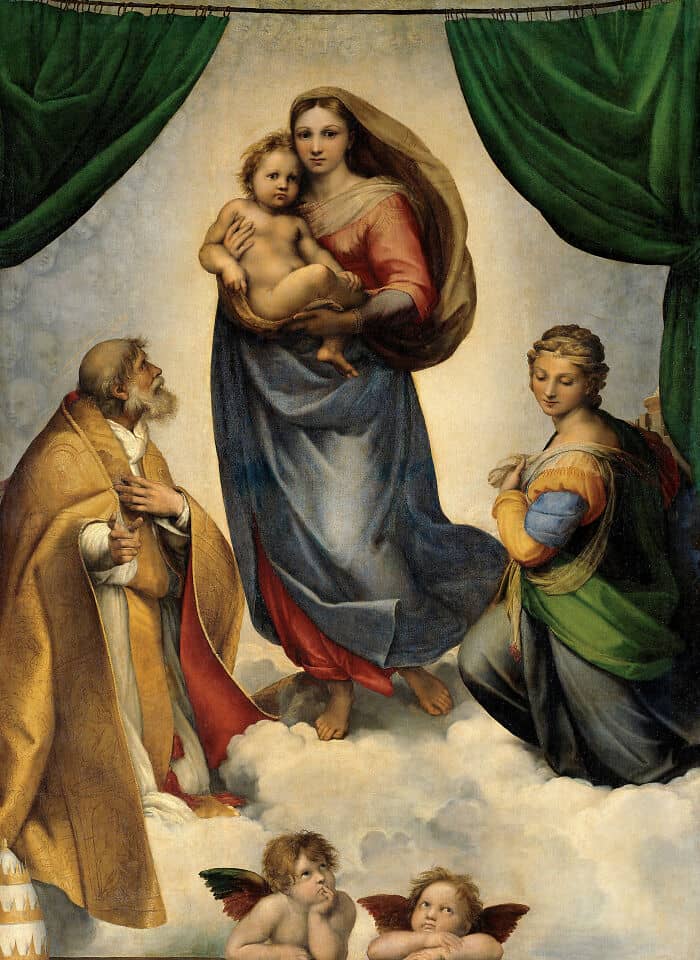
If you look at the image of Pope Sixtus II in the famous painting by Raphael Santi “Sistine Madonna,” it may seem that the pontiff has six fingers on his right hand. No, the Pope didn’t have polydactyly, and Raphael didn’t use Midjourney for painting either. It’s just a trick of the light – or the artist tried to hint at the Pope’s name in this way.
#17
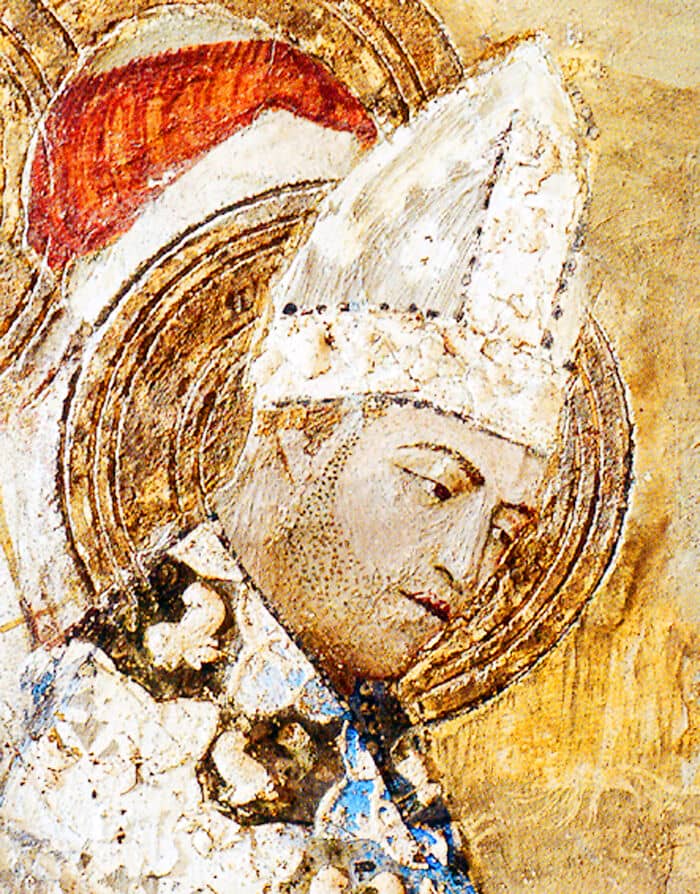
During the bubonic plague epidemic of the 14th century (also known as the “Black Death”), Pope Clement VI specifically blessed the waters of the Rhone River in France so that people could throw into it the corpses of those who had passed away over the disease – so that people’s remains could be washed away.
#18
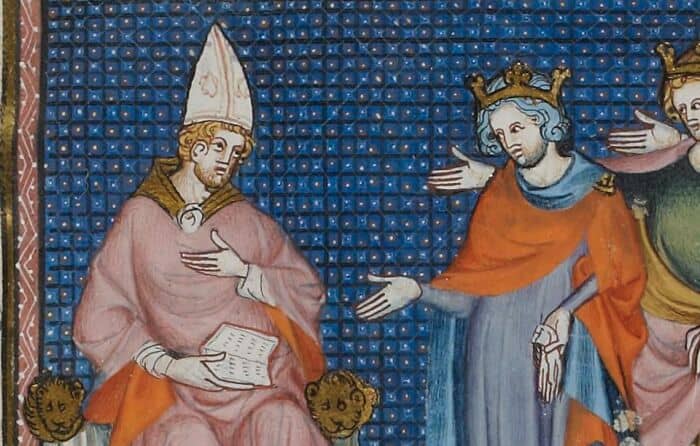
When a new Pope, the Frenchman Simon Monpitie de Brie, was elected in 1281, he took the name Martin IV. However, it later turned out that the names of Popes Marinus I and Marinus II were mispronounced, so formally, he should have become Martin II (the first Pope with this name was Saint Martin I).
But bureaucracy won – and nothing was changed. Moreover, in 1368, another Pope was elected who took the name Martin – this time Martin V.
#19
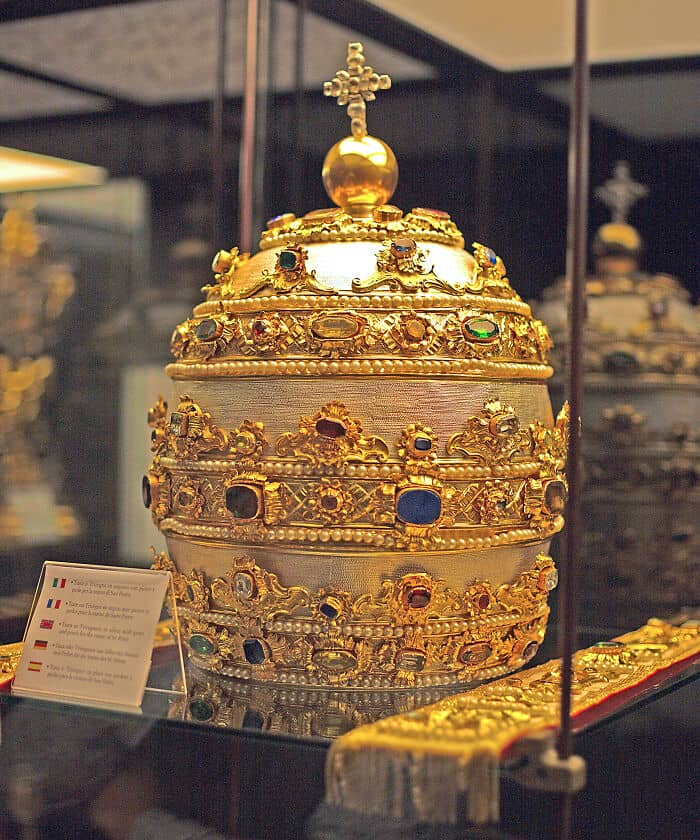
In 1805, Napoleon Bonaparte forced Pope Pius III to crown himself Emperor of France. The Pope, apparently, was not an ardent supporter of Napoleon, so after some time, the Emperor took exquisite revenge. He presented the pontiff with a precious tiara that was almost impossible to put on his head.
Firstly, due to its precious stones and decorations, it weighed almost three times more than a regular tiara. Secondly, the base of the tiara was too narrow to put on the head properly. And thirdly, the entire tiara was decorated with images glorifying Napoleon – not the Pope.
However, after Napoleon was finally banished, the tiara was “repaired” – and even used for several coronations of Popes in the 19th century.
#20
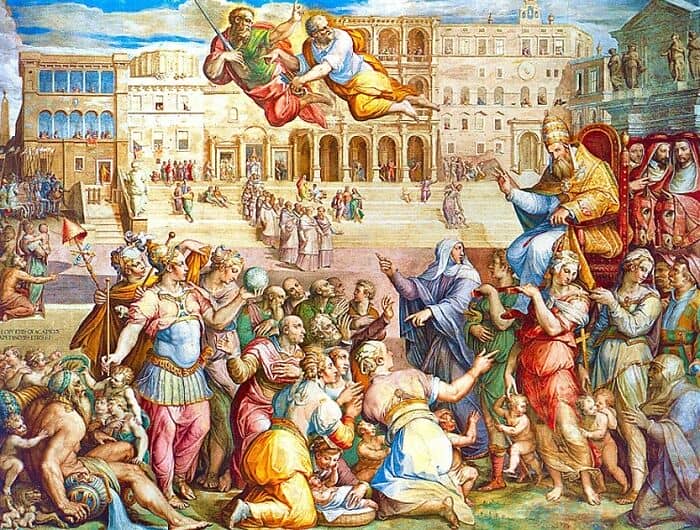
For almost seven decades in the 12th century, the Roman Popes were ‘Roman’ only formally – after all, their official residence was the French city of Avignon. This happened because of the conflict between the French King Philip IV the Fair and the Holy See over church taxation.
The king turned out to be stronger – and up until 1377, when Pope Gregory XI returned to Rome, seven popes in a row lived in Avignon. This period in the history of the Catholic Church is called the “Avignon Papacy”.